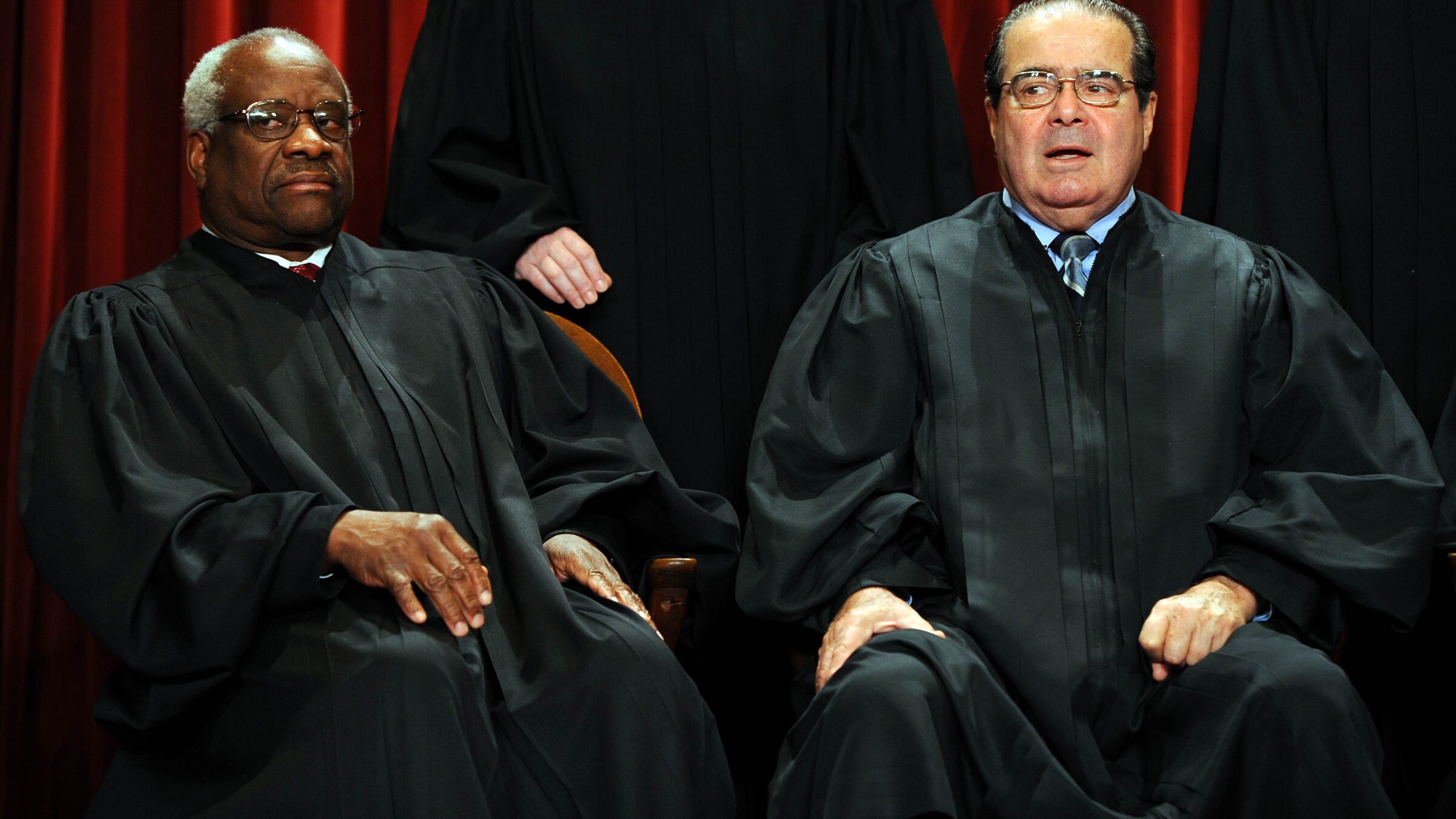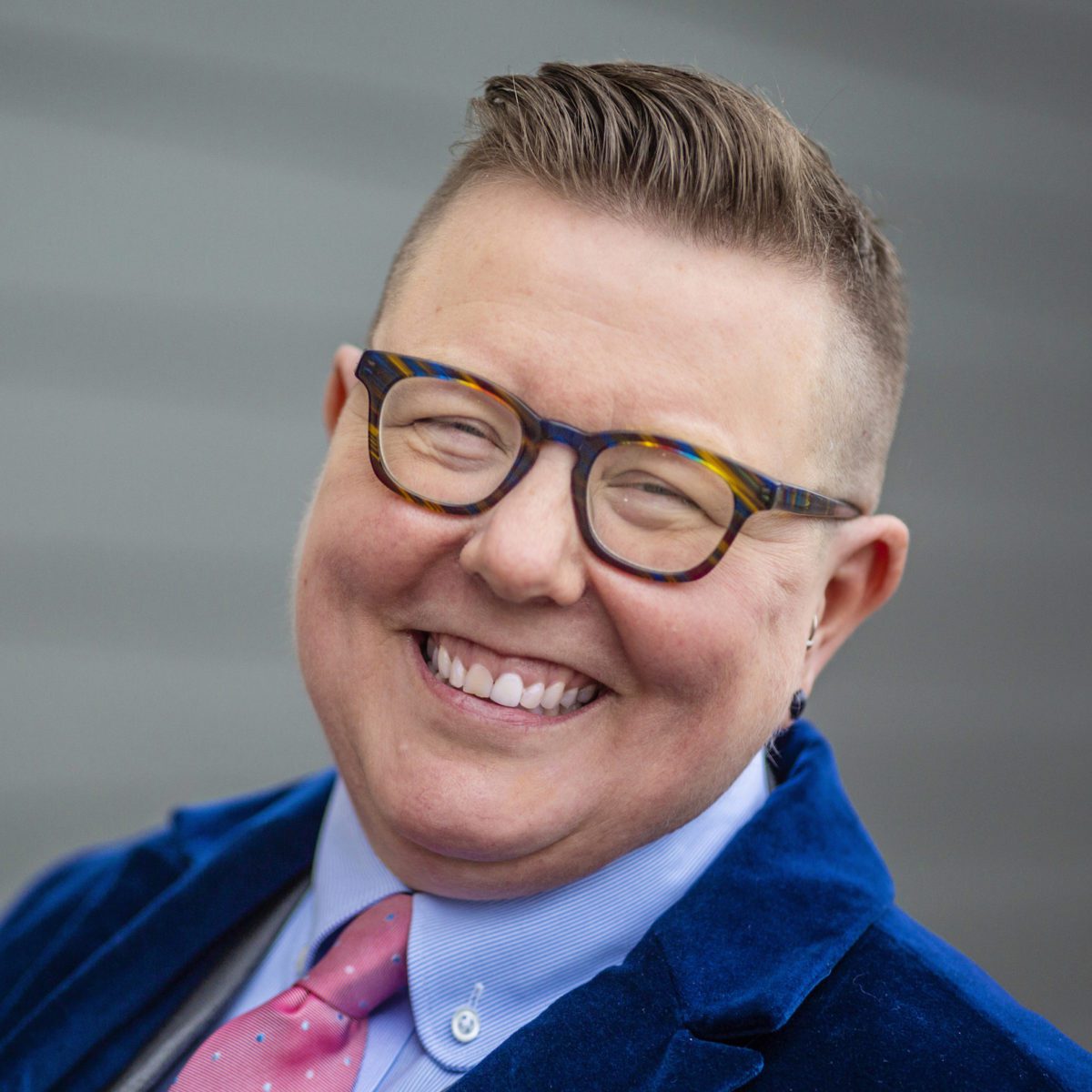Last Friday, Trump judge Matthew Kacsmaryk issued an opinion ordering the withdrawal of the Food and Drug Administration’s 23-year-old approval of mifepristone, a drug used in medication abortions. The decision, which effectively gives control over the bodily autonomy of millions of people to a robe-clad anti-choice activist in Texas, is slapdash and bleak. It also makes liberal use of the term “abortionist” to refer to licensed medical professionals who perform legal abortions‚—one passage, for example, distinguishes between “abortionists” seeking legal protections for abortion rights, and “physicians” working to roll them back.
This language might feel archaic and weird, but it’s been part of anti-choice rhetoric for the last few decades. By using it, Kacsmaryk is blowing a dog whistle for hardcore anti-choice activists—an implicit endorsement of their long-held belief that abortion providers are murderers, not medical professionals.
Before the Supreme Court decided Roe v. Wade in 1973, judges used the term “abortionist” to denote providers of illegal (and often dangerous) abortions. In 1943, for example, a case out of the U.S. Court of Appeals for the D.C. Circuit describes “unskilled criminal abortionists” as “incompetent, unscrupulous practitioners, operating in secrecy, without antiseptic conditions and without possibility of careful treatment in case complications arise.” A 1971 case out of the Second Circuit similarly notes the criminal conviction of “a non-medical abortionist.”
The legal protections for abortion care announced in Roe made this stigmatizing language less relevant. The term appears only once in Roe itself, referring to the historical “condemnation of the criminal abortionist” by the American Medical Association. After Roe, judges used “abortionist” in a more narrow sense to refer to people who were performing legal abortions illegally. In 1975, the Supreme Court in Connecticut v. Menillo noted that Roe protected the right to an abortion “performed by a competent, licensed physician,” not by a “nonphysician abortionist.”
The term might have faded into disuse but for militant anti-abortion groups like Operation Rescue, whose members seek to “save as many unborn babies as possible by placing their bodies between the abortionist and the innocent babies.” When several clinics sued Operation Rescue in 1989 over their blockades of clinic entrances, the group’s founder, Randall Terry, provided an affidavit that referred to clinics as “abortuaries” and “child-killing facilities”; to patients as “abortion-bound women”; and “businessmen-abortionists” to refer to clinical providers.
The term was also embraced by violent extremists within the anti-choice movement. In 1994, the Rev. Paul J. Hill murdered John Britton, an abortion doctor, and his volunteer escort, James Barrett. Hill later wrote a letter from prison describing “the joy I felt after shooting the abortionist, and still feel today.” A prominent anti-abortion activist sold bumper stickers saying “Execute Murderers-Abortionists”; another said, “It wouldn’t bother me if every abortionist in the country today fell dead from a bullet.” These weren’t idle threats: During a roughly 20-year span from 1978 to 1998, anti-abortion activists murdered six people, committed roughly 200 bombings and arsons, and were behind hundreds of incidents of vandalism, and stalking.
After Roe, the judges who continued to invoke “abortionists” invariably did so in the context of opposing abortion rights. In their dissents in the 2000 U.S. Supreme Court case Stenberg v. Carhart, Justices Antonin Scalia and Anthony Kennedy used “abortionist” to describe people performing so-called “partial-birth abortions.” There’s no such thing as a partial-birth abortion: It’s not a medical term, but was instead made up by the National Right to Life Committee in 1995. The state law at issue in Stenberg tried to ban common abortion procedures, such as dilation and extraction, which is why the Court struck it down. Describing this procedure as a “partial-birth abortion” is an intentional choice to make the procedure sound nefarious, and referring to its providers as “abortionists” is an attempt to portray them as doing something grisly and wrong.

(TIM SLOAN/AFP via Getty Images)
Similar state-level bans inspired more conservative judges to trot out “abortionist” language. In 2005, Judge Paul Niemeyer, a George H. W. Bush appointee to the Fourth Circuit, dissented from an case that struck down a similar partial-birth abortion statute in Virginia; Niemeyer referred to the plaintiff, a doctor, as an “abortionist” who sought to “protect his ability to perform abortions by crushing infants’ skulls.” In a 2015 opinion complaining about the Court’s abortion jurisprudence, Justice Clarence Thomas invoked an old Supreme Court case that invalidated a law requiring that “abortionists adhere to a prescribed standard of care.”
The only reason to insist on using this terminology is to signal to hardcore anti-choicers that you speak their language. Thomas used it again in his dissent in 2020’s June Medical Services v. Russo, which he called a challenge “brought by abortionists and abortion clinics.” In Justice Samuel Alito’s opinion in Dobbs v. Jackson Women’s Health Organization, he reached back to an 18th-century treatise on British law for the proposition that it “treated abortionists differently from other physicians or surgeons who caused the death of a patient.” William Pryor, a conservative federal appeals court judge and longtime Balls & Strikes reader, bragged of “reversing the judgment in favor of the abortionists” in his first abortion case after Dobbs.
In his medication abortion decision, Kacsmaryk puts them all to shame. People who perform abortions are “abortionists,” stripped of their title, while the plaintiffs working to limit access to mifepristone are caring “physicians.” Kacsmaryk uncritically quotes the plaintiffs’ filings throughout, stringing bits of them together in clunky ways to make abortion providers sound like something less than medical professionals. “There ‘is no follow-up or additional care provided to patients’ by abortionists, there is ‘no established relationship with a physician’ and ‘patients are simply left to report to the emergency room,’” he writes. Kacsmaryk also quotes a 2020 Alito opinion that refers to abortionists “financial interest in avoiding burdensome regulations,” as if people providing care to pregnant people are just there to become millionaires overnight.
Kacsmaryk was put on the bench by Trump to get this exact result: Previously, he was a lawyer at the First Liberty Institute, a “religious liberty” law firm that worked to block the Affordable Care Act’s contraception mandate. As a judge, Kacsmaryk is the perfect person to revive this “abortionist” language: The term hearkens back to when abortion was illegal, allowing judges like Kacsmaryk to paper over the fact that although Dobbs removed constitutional protections for abortion, it did not make it illegal. Peppering his writing with “abortionist” intentionally blurs the distinction between a dangerous back-alley experience performed by an uncredentialed person, and a fully-licensed provider dispensing a pill that more than 100 studies have shown to be very safe.
Kacsmaryk’s opinion is wrong on the law. But no matter what happens next, this rhetorical sleight-of-hand allows him and his fellow true believers to frame abortion providers as incompetents at best, murderers at worst. Kacsmaryk is not the first guy to try this stunt, and if recent events are any indication, he won’t be the last.

